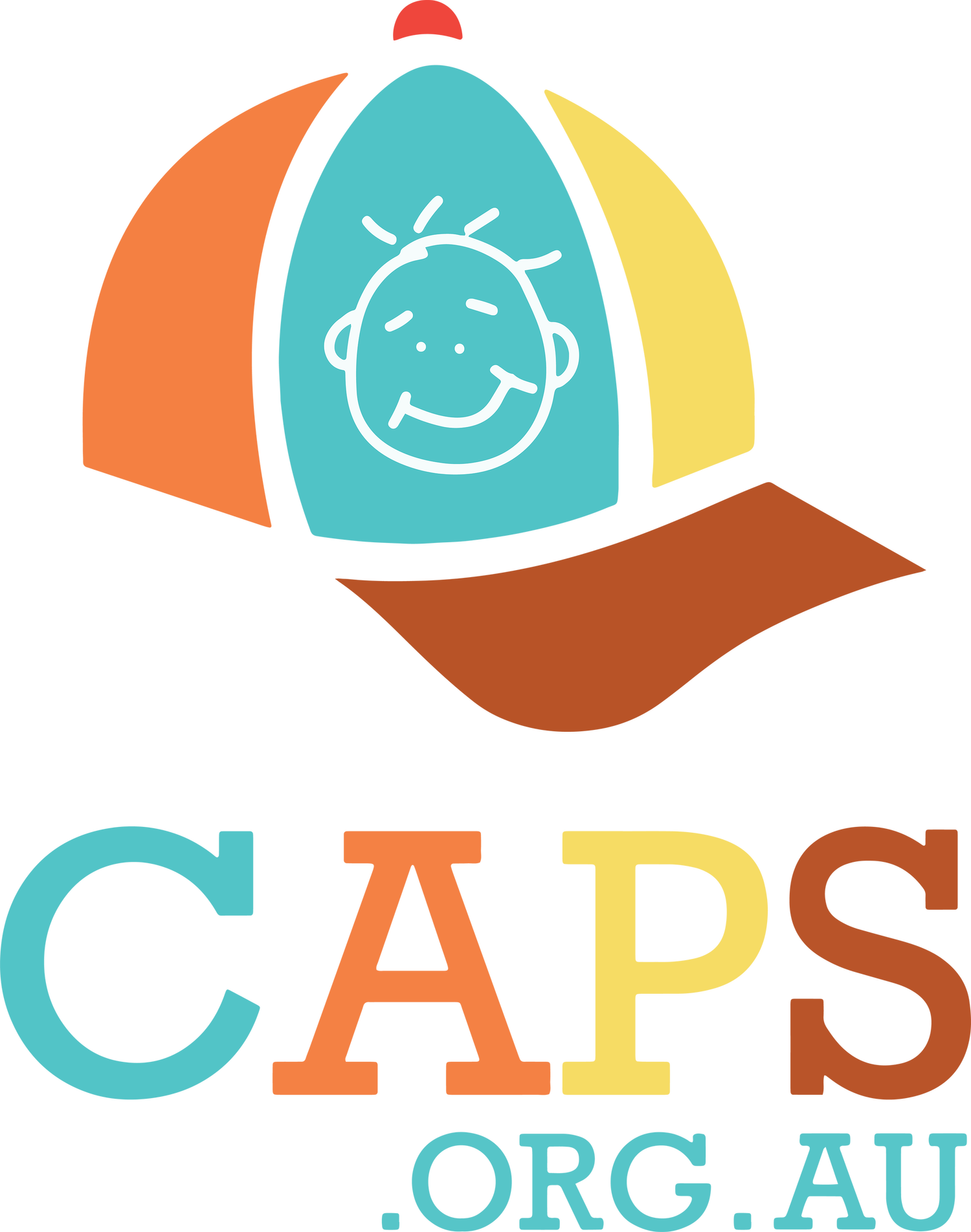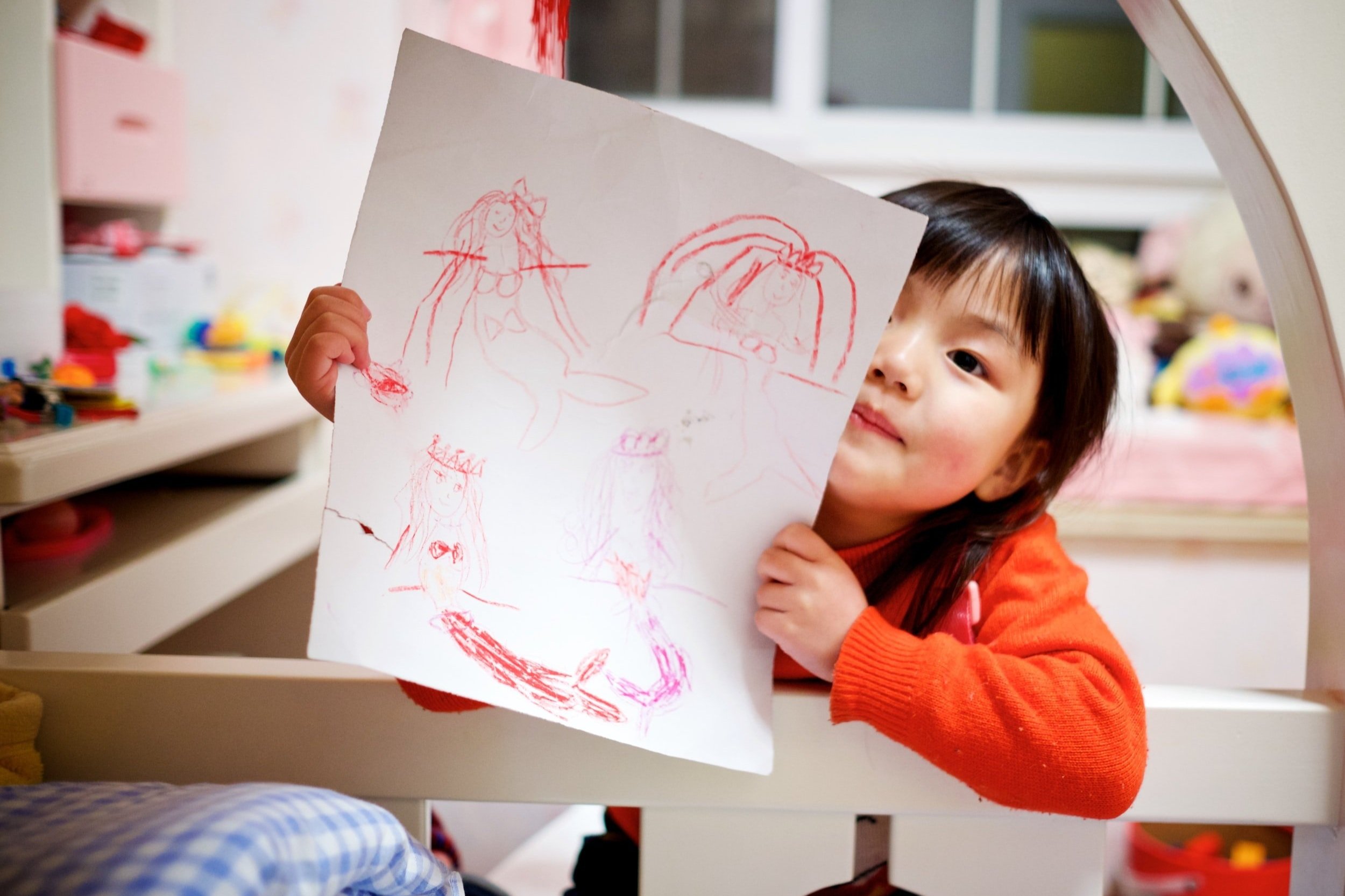What are the 10 Child Safe Standards?
Learn about the Child Safe Standards, the NSW Government’s three-year implementation plan, and what this means for your organisation.
Last year, the NSW Government passed the Child Safe Scheme, which means that child-related organisations in NSW must implement the 10 Child Safe Standards. Here at CAPS, we see this as a fantastic step towards ensuring that every child-related organisation puts child safety as their number one priority.
The NSW Office of the Children’s Guardian (OCG) has recently released a 3-year action plan for implementation of the Child Safe Scheme. According to the OCG, the plan involves three years of capacity building for child-related organisations in NSW, with year one focused on leadership, culture, and governance, year two focused on children, families, and diverse needs, and year three focused on staff training and awareness. During this time, it is crucial for organisations of all sizes to familiarise themselves with the standards, and seek guidance for any areas where they need support. You can read more about the plan here.
So what are the Child Safe Standards?
The NSW Child Safe Standards come from a set of recommendations made by the Royal Commission into Institutional Responses to Child Sexual Abuse. The commission’s findings, research and consultations were compiled to produce a comprehensive guideline for what makes an organisation child safe. The standards cover aspects of organisations including administration, families and staff, as well as both physical and online environments.
The 10 standards are:
1. Child safety is embedded in organisational leadership, governance and culture
For child safety to truly be embedded, this must be reflected in organisational leadership. It is crucial for organisations to demonstrate their commitment to child safety through their leadership’s actions and policies.
2. Children participate in decisions affecting them and are taken seriously
It is important for children to have their voices heard and to have a say in decision-making. Ensuring that children at your organisation feel empowered and listened to will create a safer environment for kids in your care.
3. Families and communities are informed and involved
Organisations should promote communication with families, including on child safety topics. Encouraging community engagement and promoting transparency with families should be prioritised.
4. Equity is upheld and diverse needs are taken into account
It is crucial for organisations to recognise children’s diverse needs and vulnerabilities in order to be sure that they are keeping all kids in their care safe. This includes recognising and meeting the needs of every individual and addressing any institutionalised prejudice or inequity.
5. People working with children are suitable and supported
Organisations should prioritise child safety throughout all staff processes, including recruitment, training and performance management. This means that appropriate screening arrangements are in place, and training and supervision is offered regularly.
6. Processes to respond to complaints of child abuse are child-focused
It is important for all processes surrounding risk of harm to prioritise the needs of the child. This includes transparency and communication about reporting, and can include the use of case review platforms such as Safe, which helps triage and monitor child risk.
7. Staff are equipped with the knowledge, skills and awareness to keep children safe through continual education and training
It is crucial that staff at your organisation are educated on recognising and reporting signs of abuse and maltreatment. Professional development through staff development workshops and our Safe Communities, Safe Children program is a great way to implement this.
8. Physical and online environments minimise the opportunity for abuse to occur
Organisations should regularly assess their physical and online environments to identify potential risks. This could include time where a child is alone with a staff member, part of the playground that is hard to supervise, or unmonitored internet access.
9. Implementation of the Child Safe Standards is continuously reviewed and improved
Keeping the Child Safe Standards implemented at your organisation is not a static process. It is important to continue to regularly review and improve your child safe systems, even if you feel that your organisation already meets all 10 standards.
10. Policies and procedures document how the organisation is child safe
A child safe organisation must have policies that demonstrate how child safety is prioritised and maintained. This is important for ensuring the standards are applied consistently and in a clear and meaningful manner.
The CAPS Team understands that implementing the Child Safe Standards can be a lot of information to wrap your head around! That is why we created our Child Safe Leaders program, which offers flexible and bespoke training, auditing, and certification services to organisations of all sizes.
The program includes staff development workshops, a CAPS Health Check, and a Child Safe Leader certification. It takes a strengths-based, flexible and accountable approach, and our work is underpinned by 50 years of experience delivering evidence-based, award winning child protection programs.
A key strength of Child Safe Leaders is that our CAPS specialist meets with each client to individually assess their organisation, identify areas where they are already proficient, and design a unique program for their individual needs.
Interested in working with us to implement the Child Safe Standards at your organisation? Sign up here for a free specialist consultation!


